<--- Back to Details
| First Page | Document Content | |
|---|---|---|
 Date: 2014-04-30 12:14:15Nature Entrainment Chronobiology Oscillation CLOCK Activity Phase response curve Circadian oscillator Water Circadian rhythms Chemistry Biology |
Add to Reading List |
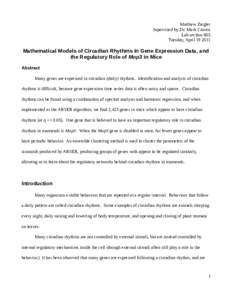 | Matthew Ziegler Supervised by Dr. Mark Craven Lab section 605 Tuesday, AprilMathematical Models of Circadian Rhythms in Gene Expression Data, andDocID: 1vbVK - View Document |
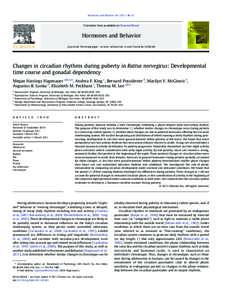 | Changes in circadian rhythms during puberty in Rattus norvegicus: Developmental time course and gonadal dependencyDocID: 1v6HL - View Document |
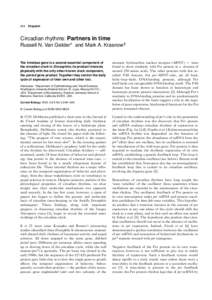 | 244 Dispatch Circadian rhythms: Partners in time Russell N. Van Gelder* and Mark A. Krasnow†DocID: 1udCO - View Document |
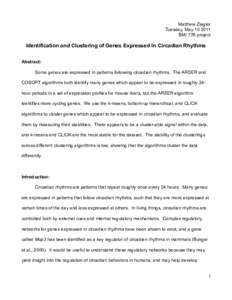 | Matthew Ziegler Tuesday, MayBMI 776 project Identification and Clustering of Genes Expressed In Circadian Rhythms Abstract:DocID: 1tSK0 - View Document |
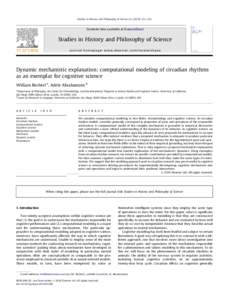 | Dynamic mechanistic explanation: computational modeling of circadian rhythms as an exemplar for cognitive scienceDocID: 1tdMt - View Document |
 Author manuscript, published in "Proc. European Control Conference (ECC[removed])" Dynamical model identification of population of oysters for water quality monitoring hal[removed], version[removed]Apr 2014
Author manuscript, published in "Proc. European Control Conference (ECC[removed])" Dynamical model identification of population of oysters for water quality monitoring hal[removed], version[removed]Apr 2014